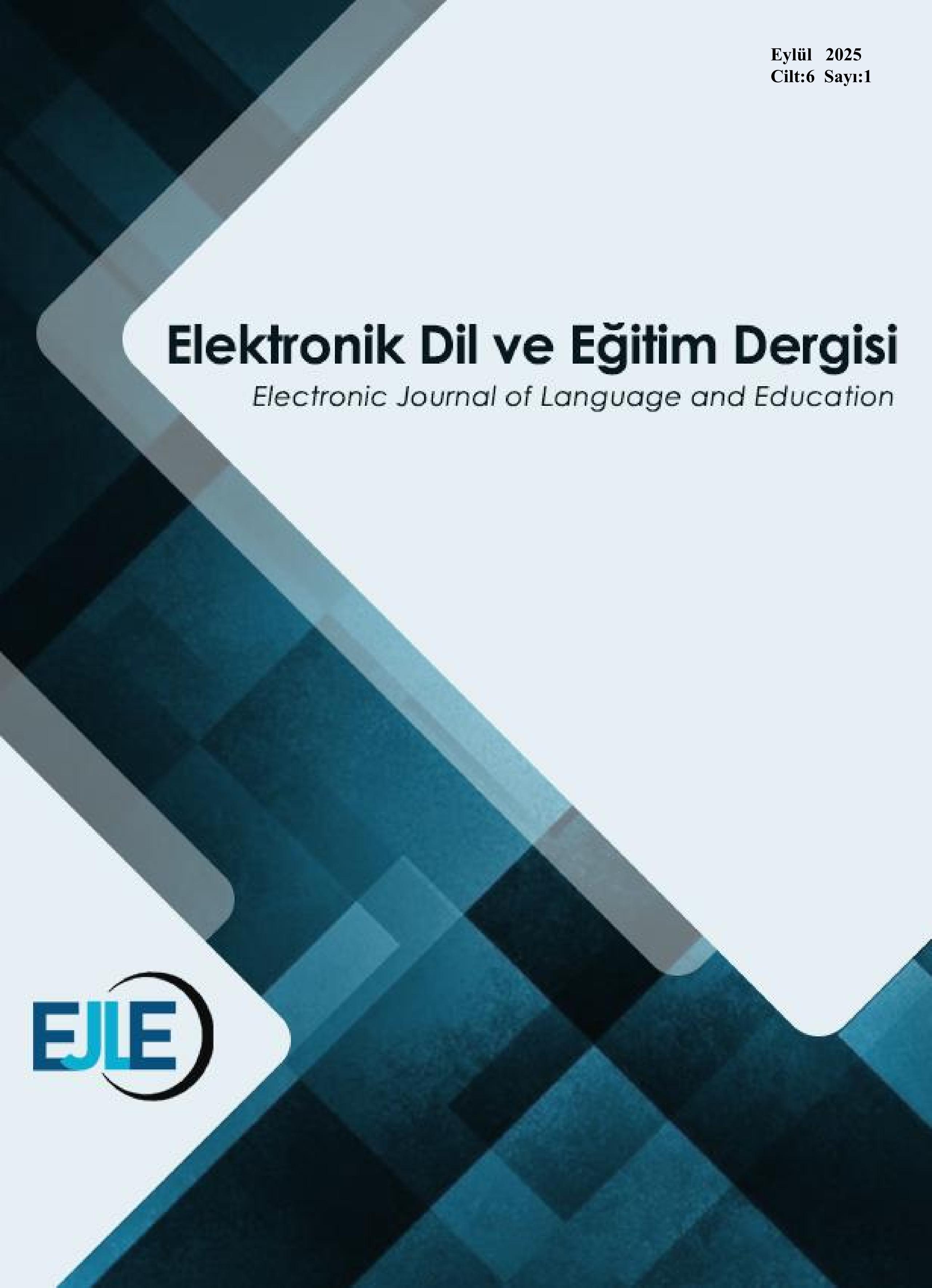Author :
Abstract
Cumhuriyet dönemi sanatçılarından biri olan Reşat Nuri Güntekin (1889-1956), roman ve hikâye türlerinde başarılı eserler kaleme alarak edebiyat dünyasına adını yazdırmıştır. Eserlerinde güçlü gözlem yeteneğine dayanan realizm ön plana çıkmaktadır. Canlı bir üsluba sahip olan yazar, yapıtlarını konuşma dilinin sadeliğinde kaleme almıştır. Toplumsal sorunlar, bireylerin kendilerini gerçekleştirmeye çalışan hâlleri, bozulan insan ilişkileri ve ahlâk yapısıyla ilgili konuları ele almış ve bu doğrultuda karakterler yaratmıştır. Bu çalışmada, yazarın “Gamsız’ın Ölümü” adlı hikâyesi ele alınmış ve nitel araştırma yöntemi olan durum çalışması tercih edilmiştir. Hikâye, çiftsesli ve teksesli söylem açısından incelenmiştir. Rus kuramcı Mikhail Bakhtin tarafından ortaya atılan metotlara göre çiftseslilik, farklı bakış açılarının ve fikirlerin birleşim noktasıdır ve her karakter, yazardan bağımsız olarak farklı sesler içermektedir. Çiftsesli söylemin oluşması için sözcüklerin farklı bağlamlarda kullanılıp farklı anlamlar içermesi önemlidir. Tekseslilik ise eserde sınırlı bir anlam dünyası sunacağı için etkileşimin ve anlam dünyasının yetersiz kalmasına neden olmaktadır. Bunun yanında karşıt görüşlerin yetersiz olması anlamın derinleşmesine engel olmaktadır. Kendi söylemini oluşturamayan karakterler de bağımsızlığını ilan edemez ve yazar tarafından oluşturulan nesne hâline gelirler. İncelenen hikâye, teksesli ve çiftsesli söylemin yanında hayvanlara yönelik toplumsal tutumlar, insanlar ve hayvanlar arasında oluşan duygusal bağ, insani duygular gibi temalar açısından da ele alınmıştır. Çiftsesli söylemin hâkim olduğu ve hayvan sevgisinin farklı bakış açılarına göre ele alınan hikâye, ileti olarak çok katmanlı, içerik açısından ise duygusal bir yapıda karşımıza çıkmaktadır.
Keywords
Abstract
Reşat Nuri Güntekin (1889-1956), one of the prominent authors of the Republican era, made a significant name for himself in the literary world with his successful works in the genres of novels and short stories. Realism, based on a strong power of observation, comes to the forefront in his works. The author, known for his vivid style, wrote his pieces in the simplicity of spoken language. He addressed themes such as social problems, individuals' efforts to realize themselves, deteriorating human relationships, and issues related to morality, and created characters in line with these themes. In this study, the author’s short story “Gamsız’s Death” is examined, using the qualitative research method known as a case study. The story is analyzed in terms of monologic and dialogic discourse. According to the methods proposed by Russian theorist Mikhail Bakhtin, dialogism is the convergence point of different perspectives and ideas, where each character embodies distinct voices independent from the author. For dialogic discourse to emerge, it is important that words are used in various contexts and carry multiple meanings. Monologism, on the other hand, presents a limited semantic universe, leading to insufficient interaction and depth of meaning. The lack of opposing viewpoints also hinders the deepening of meaning. Characters who cannot form their own discourse are unable to declare their independence and become objects shaped by the author.The story under analysis is examined not only in terms of monologic and dialogic discourse but also through themes such as societal attitudes towards animals, the emotional bonds formed between humans and animals, and human emotions in general. Dominated by dialogic discourse and addressing love for animals from various perspectives, the story presents a multi-layered message and a deeply emotional structure in terms of content.





